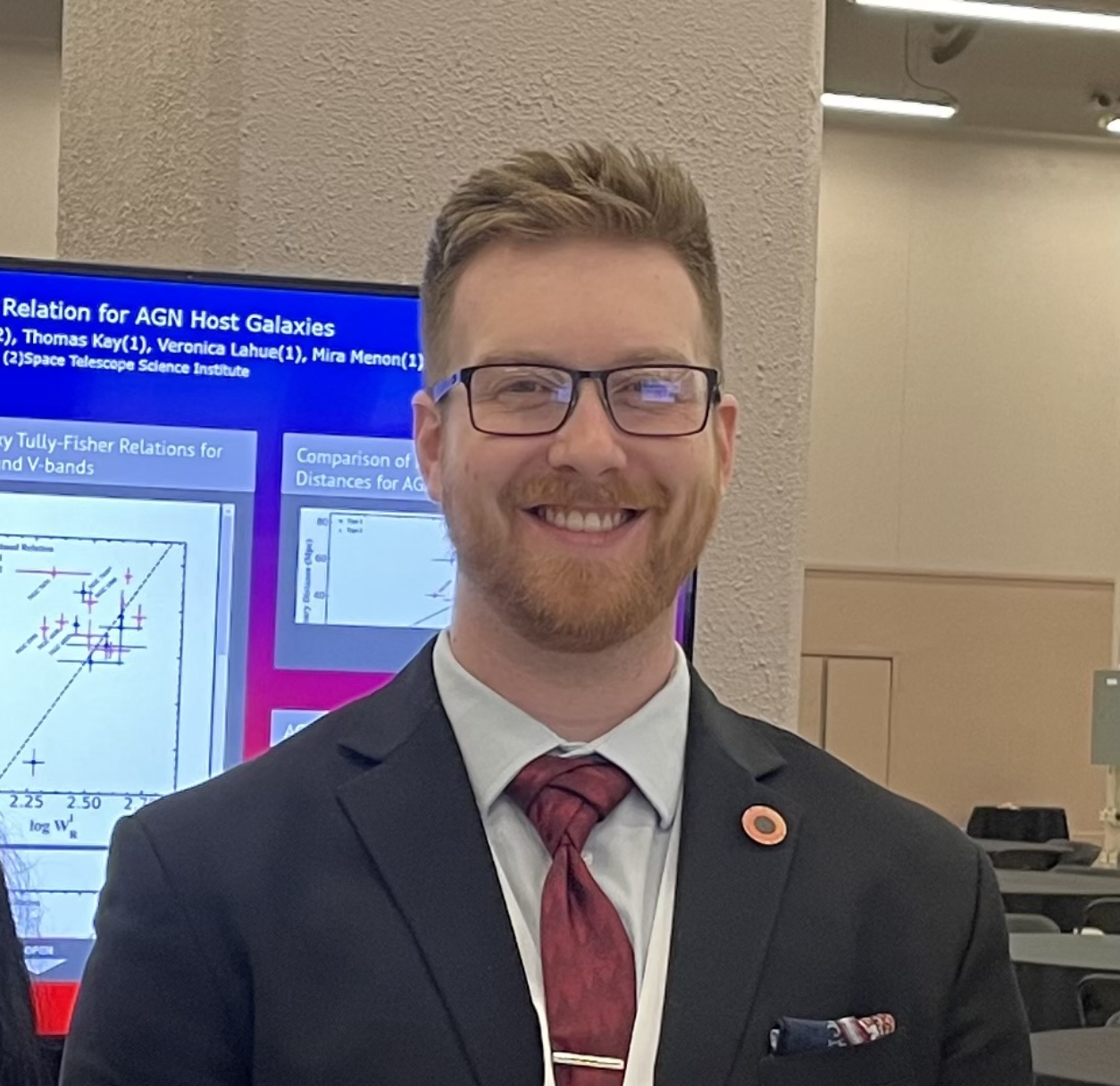About Me
My name is Justin Robinson, and I am a lecturer of physics and astronomy at Georgia State University. My research interests include extragalactic distance measurements, supermassive black hole mass measurements, and relationships between active galaxies and supermassive black holes.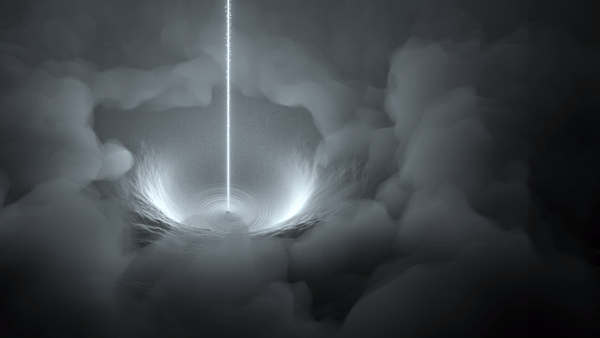
AGN Host Galaxies
An active galactic nucleus (AGN) is an environment created by a supermassive black hole that actively feeds on nearby material. AGN activity generates an enormous amount of energetic feedback back into the galaxy, which is thought to play a major role in galaxy evolution over cosmic time. I measure distances to galaxies that host an AGN such as this, and also use the behavior of these environments to measure black hole masses (animation credit: DESY/Science Communication Lab).
Green Bank Radio Telescope
The Robert C. Byrd Green Bank Telescpoe is located in the national radio quiet zone in West Virginia. It is the largest steerable instrument in the world, with a dish 300 feet in diameter and height 485 feet above the ground. I've used this telescope to measure the rotation speeds of nearby galaxies hosting an AGN.
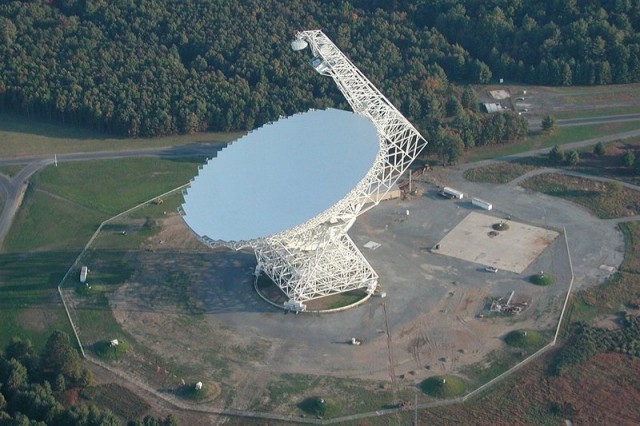
My Work
Select Publications
"Tully-Fisher Distances and Dynamical Mass Constraints for 24 Host Galaxies of Reverberation-Mapped AGN," Justin H. Robinson, Misty C. Bentz, Hélène M. Courtois, Megan C. Johnson, D. M. Crenshaw, Beena Meena, Garrett E. Polack, Michele L. Silverstein, Dading Chen 2021, ApJ, 912, 160"HI Spectroscopy of Reverberation-Mapped Active Galactic Nuclei," Justin H. Robinson, Misty C. Bentz, Megan C. Johnson, Hélène M. Courtois, Benjamin Ou-Yang 2019, ApJ, 880, 68
Links

Website
September Event:
'A Star is Born... Then Dies: The Story of the Life Cycles of Stars'
Speaker: GSU Astrophysics Graduate Student Colin Kane
Date: Thursday, September 26th, 8-9:30pm
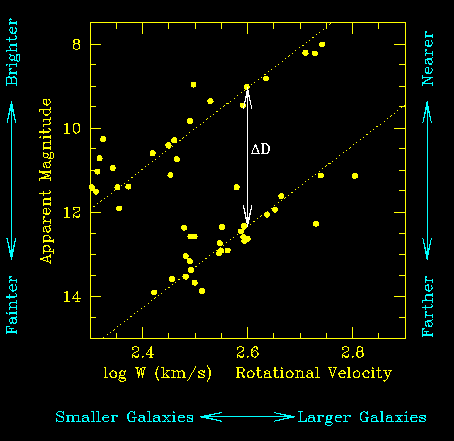
The Tully-Fisher Relation
Image credit: NOAOThe Tully-Fisher relation's main importance to extragalactic astronomy is distance measurement. The relation predicts a spiral galaxy's intrinsic brightness, which when compared to its apparent brightness observed from Earth allows the distance to the galaxy to be measured (in short, comparing how bright something actually is to how bright it appears to be shows how far away it must be).
Spring Semester 2025
During the spring 2025 semester, there will be 3 on-campus observation sessions held on the roof of the Urban Life building. Each session will take place at dusk; times may vary and will be announced ahead of time below. Students should meet outside Urban Life before an observing session is scheduled to begin, and faculty and/or graduate students will escort students to the roof.Session #1: Wednesday, February 12
CANCELLED DUE TO INCLEMENT WEATHER
Session #2: Tuesday, March 11
Time: 8:00-9:00pm
Session #3: Thursday, April 10
Time: CANCELLED DUE TO INCLEMENT WEATHER
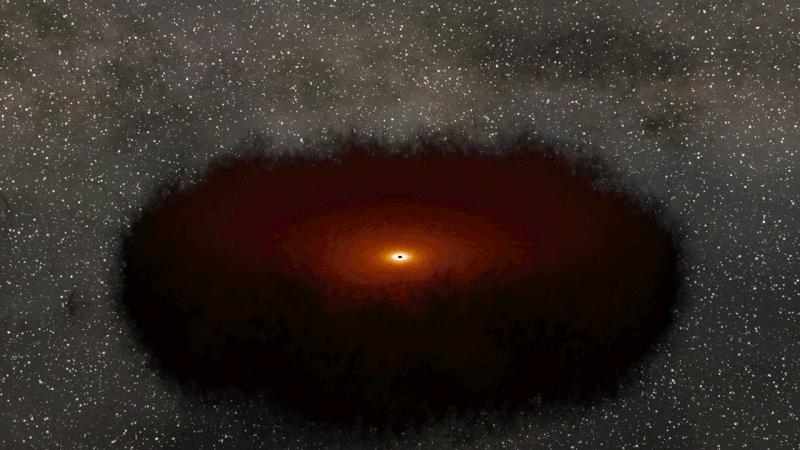
Reverberation Mapping
Image credit: NASA/JPL-CaltechI use reverberation mapping data to model the these regions in nearby AGN host galaxies. These models tell us the geometry of the region, how it is oriented with respect to our observing point of view, and the dynamics of the gas. This allows us not only measure supermassive black hole masses, but determine if gas is actively rotating around, inflowing towards, or outflowing away from the black hole.
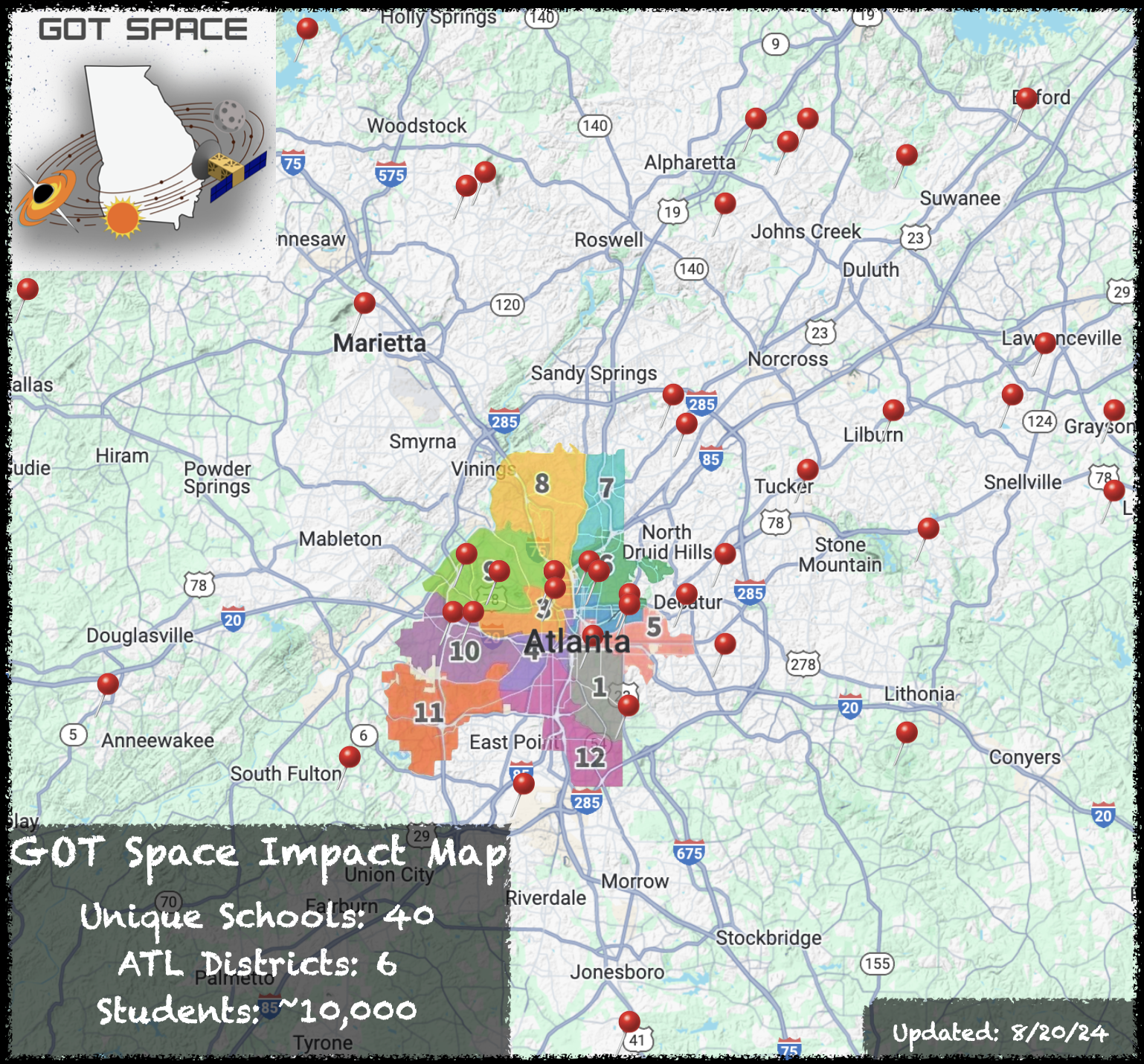
Website
For more information on GOT Space, or to request a presentation, please visit our website:
Location
Urban Life Building (140 Decatur St. SE, Atlanta GA 30303)The Urban Life building can be found southwest from Langdale Hall and Classroom South, in between the G and M parking decks. Access to the building can be reached from Decatur St SE and/or Gilmer St SE.
Talks
"Probing Nearby Active Galaxies: Distances, Masses, Dark Matter, and Black Holes," given at the February 2021 Bradley Observatory at Agnes Scott Open House"Fundamental Properties of Active Galaxies: Distances and Masses of Nearby Seyferts," given at the 236th AAS Meeting
Contact Me
EMAIL:
jrobinson138 (at) gsu.eduOFFICE:
1 Park PlaceOffice 431
Atlanta GA, 30303

